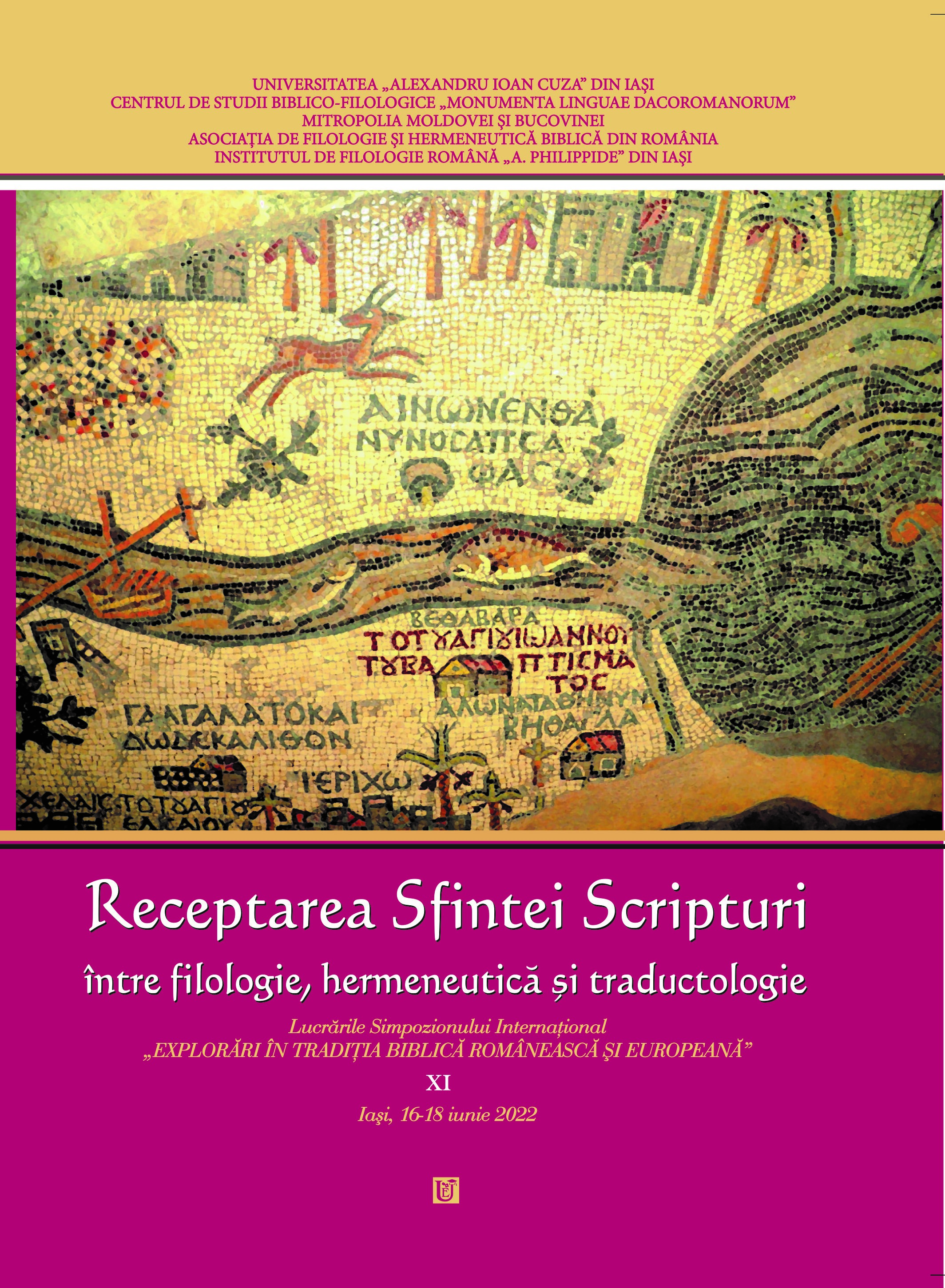Mental Representations of John 13:31-38: A Discourse Analysis Approach
Mental Representations of John 13:31-38: A Discourse Analysis Approach
Author(s): Dan-Adrian PetreSubject(s): Christian Theology and Religion, Language and Literature Studies, Theology and Religion, Biblical studies, Philology, Translation Studies
Published by: Editura Universităţii »Alexandru Ioan Cuza« din Iaşi
Keywords: mental representation; discourse analysis; John 13; Stephen H. Levinsohn;
Summary/Abstract: The farewell discourse (John 13:31-16:33) is a key hermeneutical text in the Gospel of John. It helps the reader understand the significance of Christ’s death, resurrection, and ascension, and its impact on the post-Easter Christian community. The first part of the discourse (John 13:31-38) was recently analyzed from various perspectives. Yet, while the text unit has been charted, the various linguistic signals placed in the text by the writer are not fully analyzed. This analysis is needed for anadequate mental representation that accords with the writer’s intended message. The purpose of this paper is to apply Stephen H. Levinsohn’s discourse analysis method to John 13:31-38 to outline an adequate mental representation regarding this passage. Despite some limitations inherent to a bottom-up approach, this method has several hermeneutical contributions. First, it offers ample support for the coherence of the text. Second, based on the constituent order, it helps the reader choose between existing interpretations. Third, this method clarifies the role of the historical present coupled with participant reference. The Johannine biblical-theological horizon of the reader can be broadened by Levinsohn’s methodology.
Journal: Receptarea Sfintei Scripturi: între filologie, hermeneutică şi traductologie
- Issue Year: 11/2022
- Issue No: 1
- Page Range: 191-215
- Page Count: 25
- Language: English

